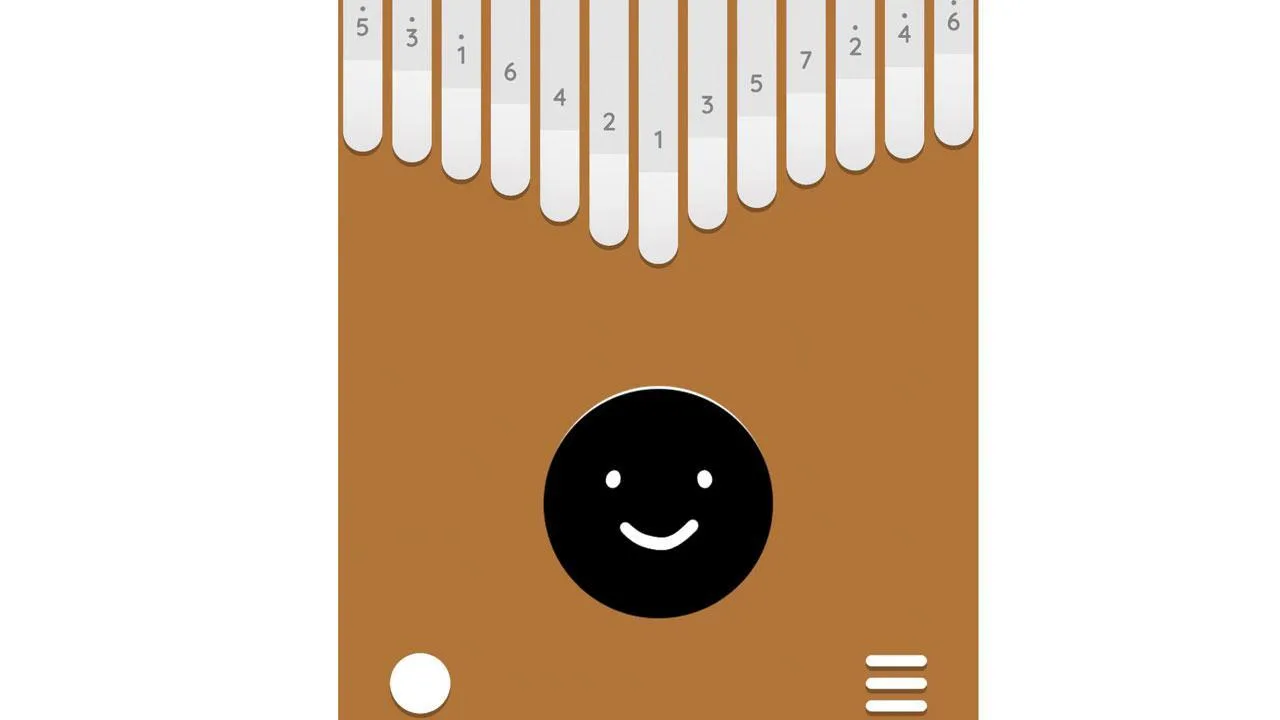What is RCS messaging and why Android mocked Apple for not having it?- Republic World
Representative | Image:Unsplash
RCS on iPhone: Google has provided a more precise timeframe regarding when iPhone users can anticipate support for the cross-platform messaging standard RCS (Rich Communication Services) within the Messages app.
Initially announced by Apple in November, the integration of RCS on iPhones was followed by Google’s ‘Get the Message’ campaign under which Android urged Apple to use RCS technology for its flagship smartphone series.
In this campaign, Android released a lighthearted video promoting a fictitious “iPager” device, intended as a critique of Apple’s conversion of iMessages sent to Android devices into traditional SMS and MMS formats.
“iPager isn’t real, but the problems that Apple causes by using SMS are,” said Google in the video description on YouTube. “Let’s make texting better for everyone and help Apple #GetTheMessage and upgrade to RCS.” Now when RCS Technology is finally coming to Apple, here’s a breakdown of RCS and what makes it better than the traditional SMS that Apple still uses.
What is RCS messaging technology?
RCS (Rich Communication Services) messaging is an upgrade to the traditional SMS (Short Message Service) protocol that provides users with a more dynamic and feature-rich messaging experience directly integrated into their native messaging apps.
Unlike SMS, which has long been constrained by its simplicity and lack of advanced features, RCS introduces a wide range of capabilities commonly found in popular messaging platforms such as WhatsApp or iMessage.
In more technical terms, RCS (Rich Communication Services) operates on an IMS (IP Multimedia Subsystem) framework, integrating advanced messaging features into native messaging apps. It uses SIP (Session Initiation Protocol) for session management and HTTP (Hypertext Transfer Protocol) for communication between clients and servers.
Messages are exchanged via RCS-specific servers, handling tasks like message routing, media conversion, and feature support. It uses a standardised protocol for cross-platform compatibility and interoperability, ensuring seamless communication across devices and networks.
While traditional SMS relies solely on cellular networks for message transmission, RCS can use both Wi-Fi and mobile data connections. This allows reliable message delivery in areas with poor cellular coverage but also enables users to send messages without incurring additional costs, particularly for international communication.
Why RCS is better than iPhone’s SMS?
Many reasons make RCS a better option when compared to SMS technology and some of those reasons are mentioned below:
Multimedia support: RCS enables users to send multimedia messages, including photos, videos, and audio files, whereas iPhone’s SMS is limited to text-only communication.
Read receipts: RCS provides read receipts, allowing users to see when their messages have been delivered and read by the recipient, something that you cannot figure out in any regular application.
Typing indicators: With RCS, users can see when the recipient is typing a response, which is one of the common features in other leading texting applications.
Group chats: RCS supports dynamic group chats with features like adding or removing participants and sharing multimedia content within the group, a functionality lacking in iPhone’s SMS.
Cross-platform compatibility: RCS works across different devices and operating systems, ensuring seamless communication. Android has also confirmed that RCS will be available for Apple’s iPhones very soon.
More features: RCS offers additional features such as location sharing, high-resolution media sharing, and advanced message formatting, which are not available in iPhone’s SMS.



